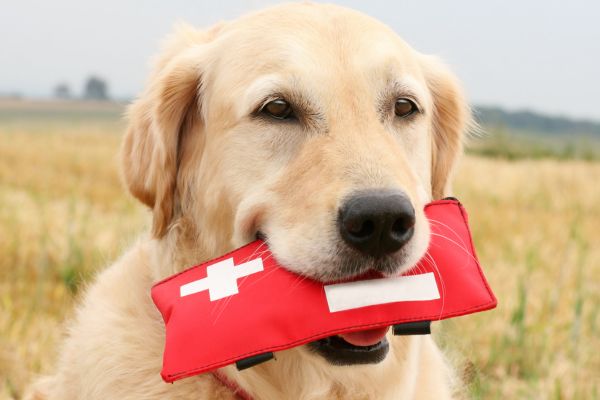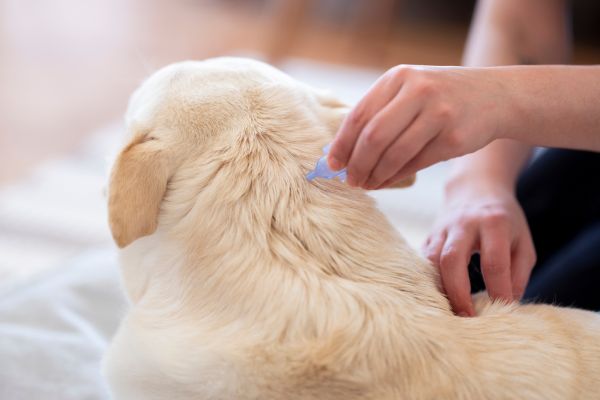Two years ago whaling caused mass public outrage and it was rightfully so.
In spite of a 30-year ban on whaling, Japanese ships killed more than 300 minke whales in South Ocean.
The operation was protested by 33 countries. It was condemned worldwide as a ‘crime of nature’.
Must Read: duck hunting dogs
Globally, activists rallied, including hunger strikes in Australia, scaling government buildings in Norway and riding a whale carcass through Icelandic ports. This is a continuation of anti-whaling protests that have been going on for a long time.
But there’s another danger lurking beneath the ocean’s surface, which can kill and injure large numbers of marine animals and whales.
Commonly known as “ghost gear”, abandoned, lost, or discarded fishing nets and lines can be found in our oceans for up 600 years. They are one of our biggest and most dangerous threats to our marine life and welfare.
A harpooned whale can die in six hours. The whale that is trapped in ghost gear will starve and suffer for six months, before eventually dying. It’s inhumane.
This fishing gear, which weighs in at 640,000 tonnes, is still found in the oceans every year. It is killing, injuring, mutilating, and trapping thousands of birds, whales, and seals annually.
More than 817 marine species have been affected.
Ghost gear not only costs marine animals their lives, but also results in millions of dollars each year in lost revenue for the fishing industry.
Ghost gear eliminates marketable produce, and has led to an estimated 10% decrease in global fish stocks.
According to new research, a single fishing net can kill nearly USD $15,000 worth fish stocks in 10 years. However, the cost of removing this gear is only USD $1,000.
Never Miss: southside animal shelter
There is still hope for sea creatures as the tide turns.
We will work to bring together the most influential and powerful government and fishing industry stakeholders to tackle the ghost gear issue in June.
We will be attending the UN Ocean Conference (5-8 June) and the SeaWeb Seafood Summit 5-7 June. There we will talk with government officials, private sector stakeholders, and NGOs about the Global Ghost Gear Initiative (GGGI), which aims to reduce the use of ghost gear.
We established the GGGI two years ago as an alliance of government leaders, academics, and NGOs to prevent fishing gear from being abandoned, lost, or discarded in the oceans.
As our organization has grown, the GGGI is now an important voice in the discussion on marine pollution and animal suffering caused by ghost gear.
Participants feel that now is the right time to act for our oceans.
These conferences can be a significant moment in bringing about change for millions of marine animals that are killed, mutilated, and trapped every year by ghost fishing gear.
Also Read: the flea season are being developed
Partnering approach
We are asking governments and other interested parties to sign their voluntary commitments to UN Sustainable Development Goal 14 regarding ghost gear. Goal 14 is all about our oceans. The first target calls for a significant decrease in marine pollution by 2025.
We have positive discussions with many other countries since the GGGI committed to this goal. Tonga, Tuvalu, Samoa and Tuvalu joined us.
Safer oceans for animals through better gear management
Most Popular: fishing hook
It is crucial that the fishing industry joins the global effort to drive change.
We will launch our best practices framework at the SeaWeb Seafood Summit, Seattle, 5-7 June. Industry stakeholders will also be present to discuss how they can apply these principles to their supply chains. This will reduce ghost gear in our oceans, and help sea animals. It can also be economically profitable for their businesses.
We are also talking to potential corporate partners who may join the GGGI over the coming weeks.
We are seeing real momentum in engaging multiple stakeholders and creating truly global change to reduce litter marine and animal suffering.
It is inspiring to see governments, the private sector, and NGOs come together and start to implement their commitments in on-the ground projects that have an impact on the ocean health, including the animals.


